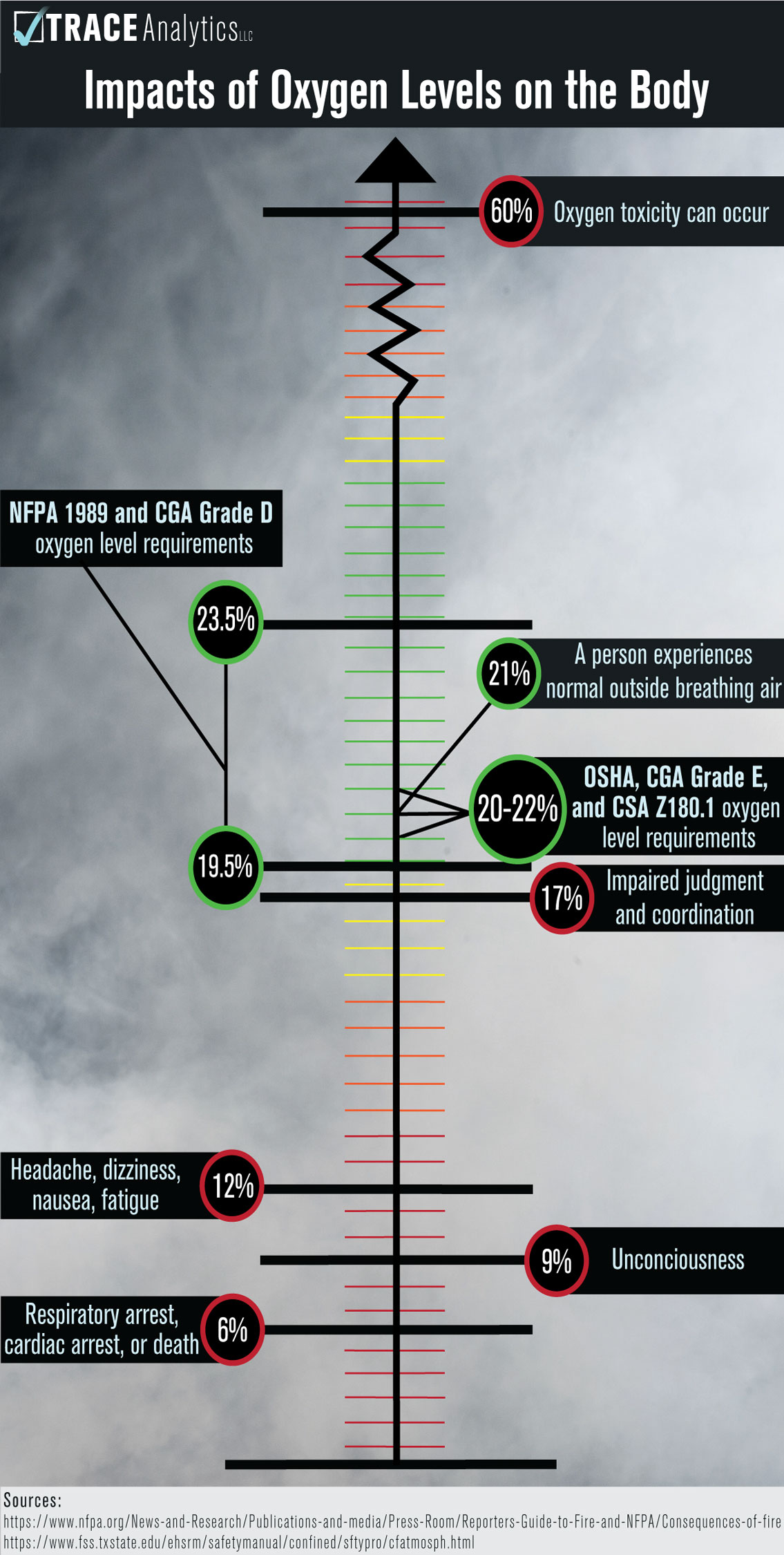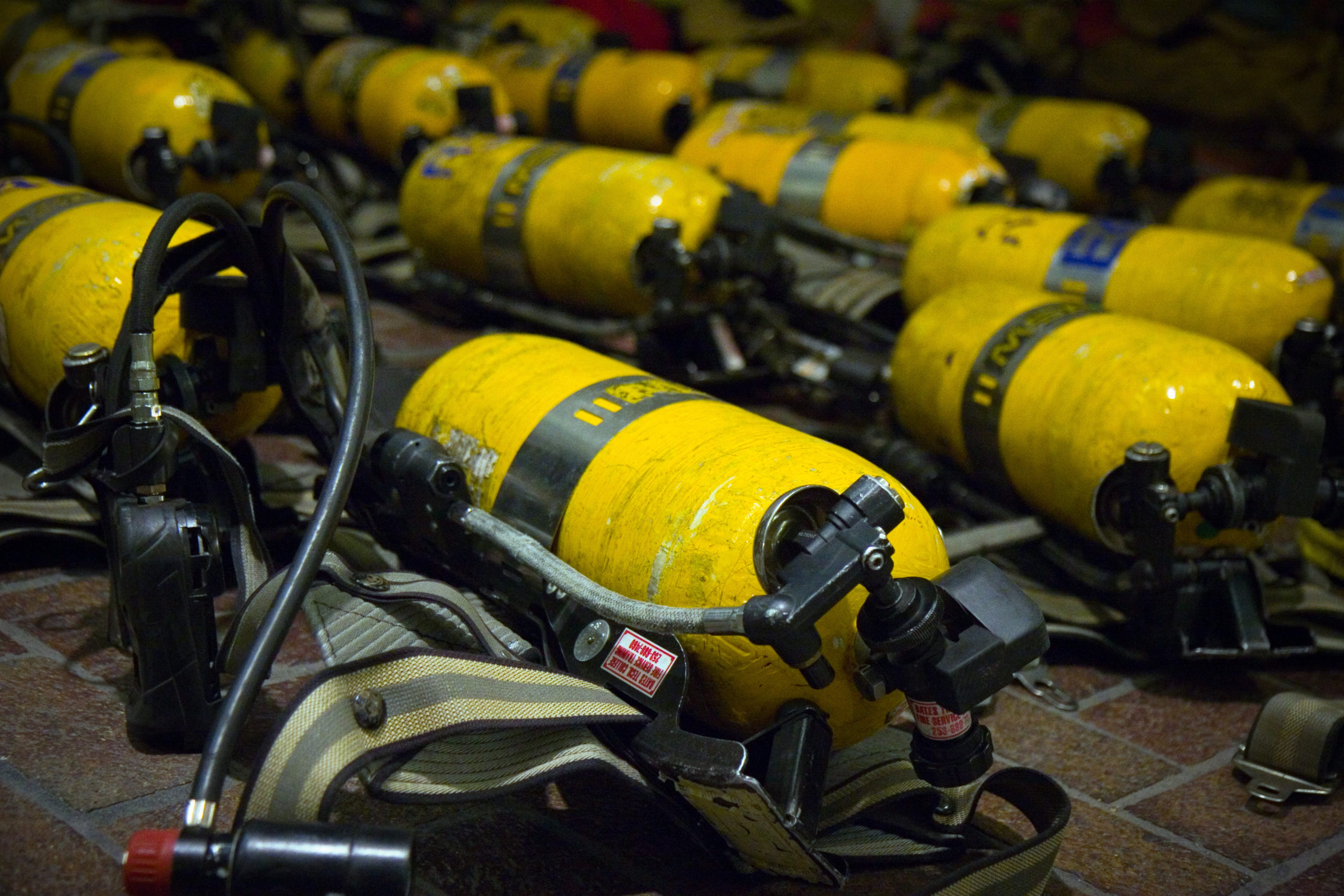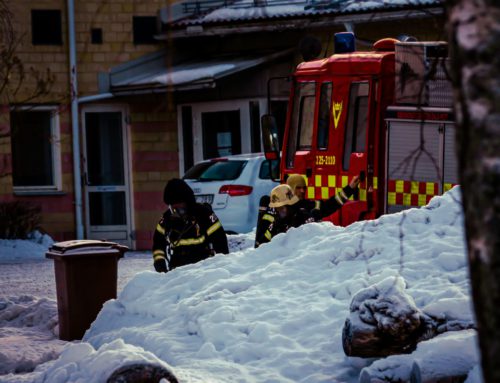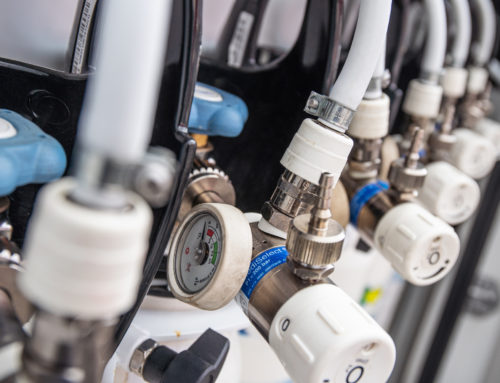Firefighters are constantly exposed to dangerous hazards while on the job. It’s critical that the air in their SCBA be free of contamination and safe to breathe. It’s important to have an understanding of how oxygen levels impact the human body and to employ proper monitoring of compressed breathing air.

The featured infographic shows the oxygen levels at which breathing air is severely compromised, putting humans at risk. Each percentage in the chart marks the impact of oxygen levels on the human body. Symptoms can range from impaired judgment, fatigue, unconsciousness, to death.
NFPA 1989 and CGA Grade D
Compressed breathing air regulations such as NFPA 1989 and CGA Grade D have set oxygen requirements to be between 19.5 and 23.5 percent. NFPA states that the oxygen content should not contain less than 19.5 percent and not be greater than 23.5% by volume. 19.5% oxygen content is the minimum for human breathing.
NFPA 1989 legally requires firefighters in Texas to comply with their breathing air regulations; however, many fire departments choose to test to this standard as an added safety precaution.
OSHA, CGA Grade E, and CSA Z180.1
Additional breathing air quality regulations such as OSHA, CGA Grade E, and CSA Z180.1 have set standards for oxygen levels to monitor. CGA Grade E and CSA Z180.1 state that oxygen should be between 20 and 22 percent.
Impacts of Oxygen Levels – Monitoring
It’s important to monitor your oxygen levels to ensure you’re not breathing in an inadequate or excessive amount. Either can be toxic for human breathing air. The National Center for Biotechnology Information (NCBI) states that oxygen toxicity begins at 60%. With the proper use of an SCBA and regular compressed air testing, you can rely on the safety of your breathing air.
Testing with Trace Analytics
Testing your compressed air quarterly with an accredited laboratory can ensure accurate results and provide assurance that the compressed breathing air is contaminant-free. Trace Analytics can meet your sampling needs by testing to a variety of standards such as NFPA 1989, CGA Grade E, or your specific requirements. Our easy-to-use AirCheck Kit complies with NFPA 1989 sampling and analytical requirements. Don’t compromise your safety; regularly test your compressed breathing air.










